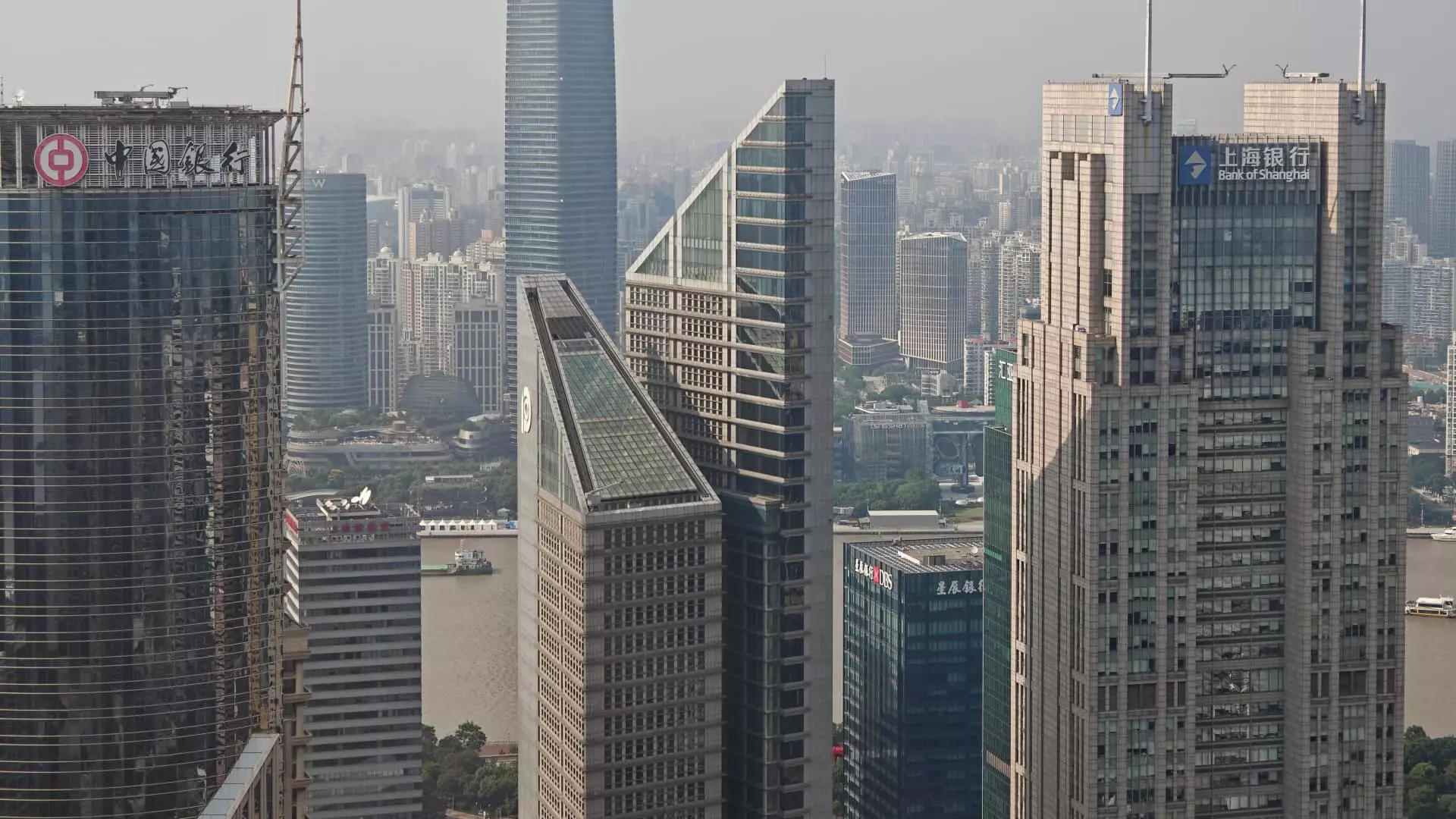In the ever-changing landscape of global finance, Chinese equities have long been a source of both excitement and apprehension. Yet, recent developments confirm that the market’s resilience is far from assured. Despite some pockets of growth, the overarching narrative is one of caution. The optimistic outlook that previously drove investor enthusiasm has largely been undermined by the Chinese government’s reluctance to deliver substantial economic stimuli, coupled with looming geopolitical uncertainties. For the pragmatic, center-right investor, it is clear that a conservative stance is not just advisable but necessary to weather the storm of volatility that appears increasingly inevitable.
The real issue facing investors today is not just about market performance—it’s about trust in policymakers’ ability and willingness to stabilize an already fragile economic environment. The lack of decisive action by Chinese authorities to inject vitality into the economy signals an underlying discomfort with risk-taking at a time when global markets are hungry for direction. This hesitancy has led to a marked decline in sentiment surrounding “A Shares,” with many analysts warning of heightened volatility in the coming months. A cautious investor recognizes that such volatility is not merely short-term noise but reflects deeper structural concerns about China’s growth trajectory, which remains stalled despite months of expectation.
Crucially, the upcoming political calendar and international trade policies cast a long shadow over market stability. With the expiration of key trade agreements—specifically the 90-day tariff truce with the U.S. in mid-August—there is a palpable sense of uncertainty. International investors, who have historically been drawn to China’s enormous consumer base and potential for rapid growth, are now questioning whether the timing is right to double down or retreat. The geopolitical dance between China and Western powers appears to be entering a more tense and unpredictable phase, making risk management paramount. For the center-right investor, this environment underscores a vital principle: preservation of capital and selective exposure trump chasing fleeting growth stories.
While some sectors—particularly technology—initially appeared promising due to renewed optimism about artificial intelligence and innovation, their momentum has started to fade. The first half of the year saw substantial inflows into tech stocks, but these gains are unlikely to sustain, especially with policymakers showing reluctance to support a further boom. Instead, the focus is shifting toward high-yield dividend stocks—particularly those trading in Hong Kong—that offer a buffer against unpredictable swings. The allure of steady income, exemplified by companies like PICC P&C and PetroChina, underscores the shift in investor preference towards more defensive assets in uncertain times. Such stocks are not glamorous but represent a prudent hedge against the inevitable turbulence that seems to loom on the horizon.
The divergence in market performance further exemplifies the fragility of Chinese equities. While Hong Kong’s Hang Seng Index has seen a commendable 20% rise this year—mainly driven by tech giants—the Shanghai Composite has underperformed, gaining less than 3%. This disparity signals a clear divide: investors are speculating on the relative strength of Hong Kong’s more liberalized markets versus the more state-controlled environment on the mainland. Yet, even this short-term buoyancy could prove illusory, as regulatory uncertainties and political risks continue to cloud the outlook. Moreover, mainland Chinese investors are increasingly seeking higher yields through stocks like PetroChina and CR Power, but these high returns carry their own risks, especially amid tightening restrictions on overseas investments.
While some analysts are optimistic about the long-term prospects of Chinese stocks, their confidence must be tempered by realism. The global investor community perceives U.S. equities as the lowest risk, highlighting the geopolitical and economic stability that the West offers in contrast to China’s uncertain environment. This preference for diversification away from China hints at a broader skepticism that should resonate with center-right investors who prioritize stability and disciplined risk management. The absence of major Chinese tech giants like ByteDance from domestic stock exchanges only compounds the challenge—highlighting a significant barrier to long-term growth opportunities for foreign investors.
In essence, current market signals advise a prudent, cautious approach. Investors fueled by optimism and eager for quick gains are likely to be disappointed. Instead, a conservative stance—focused on income-generating assets, strategic diversification, and risk mitigation—appears to be the most sensible course of action. Despite the allure of China’s massive potential and technological promises, the reality remains that uncertainty and volatility are our current companions. To ignore these signs would be a reckless gamble in an environment where political, economic, and geopolitical factors threaten to upend any semblance of stability. For the pragmatic investor with a center-right leaning, embracing caution now may be the smartest bet when the future remains so inherently unpredictable.


Leave a Reply